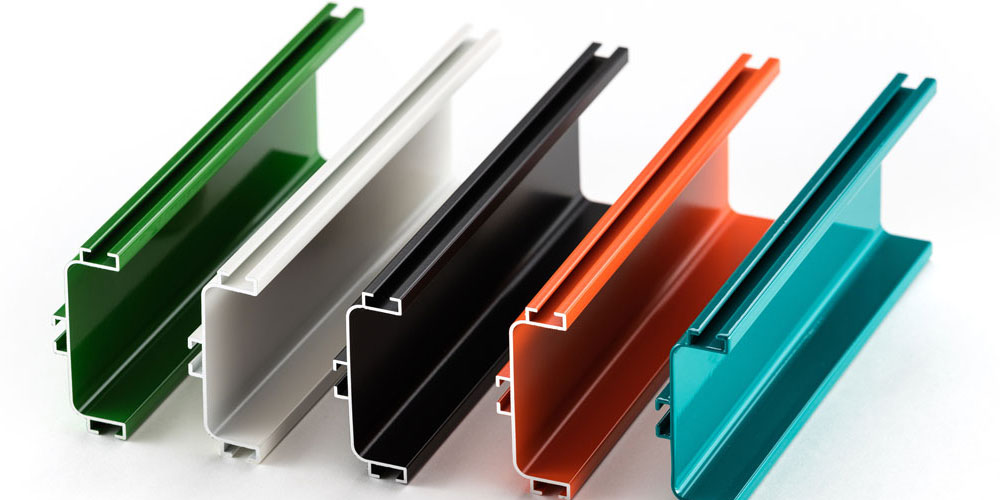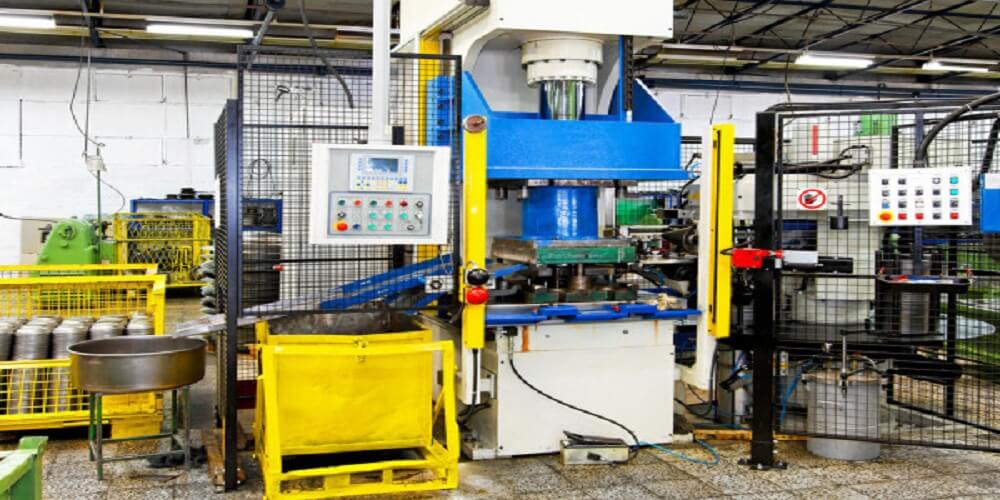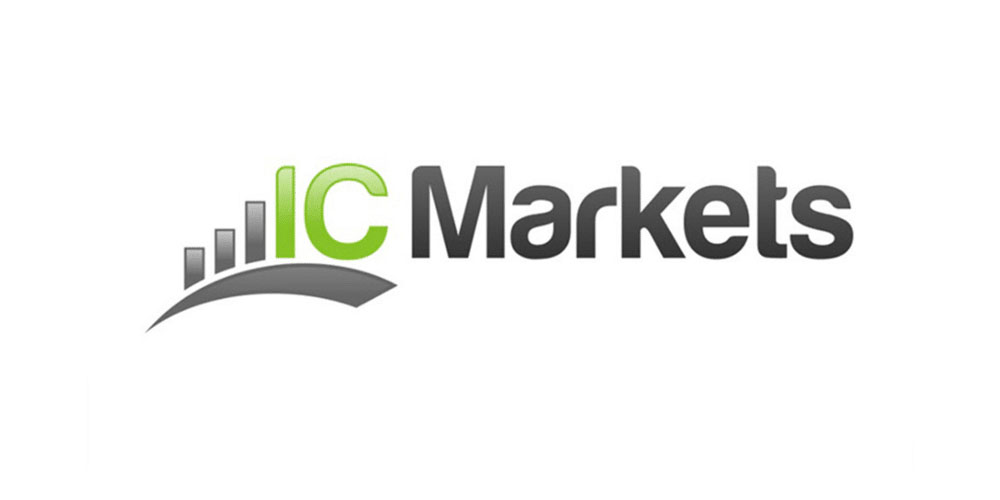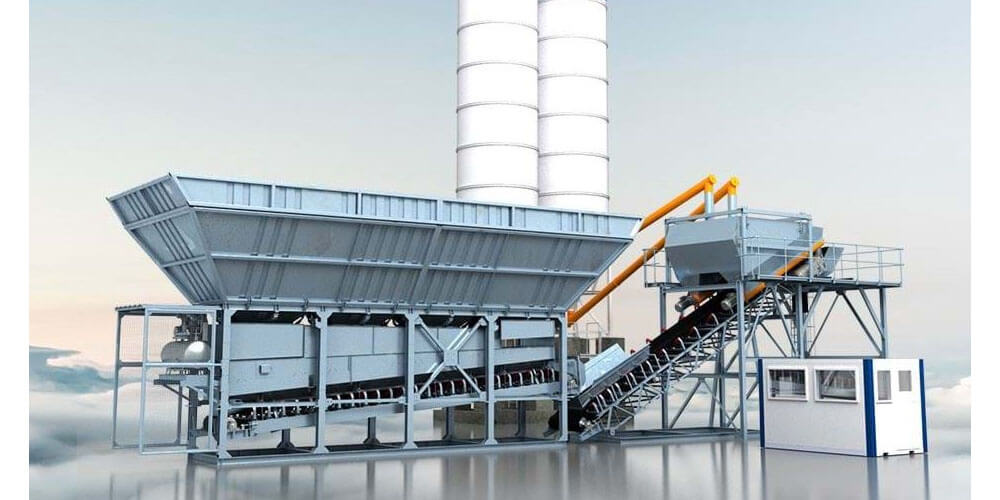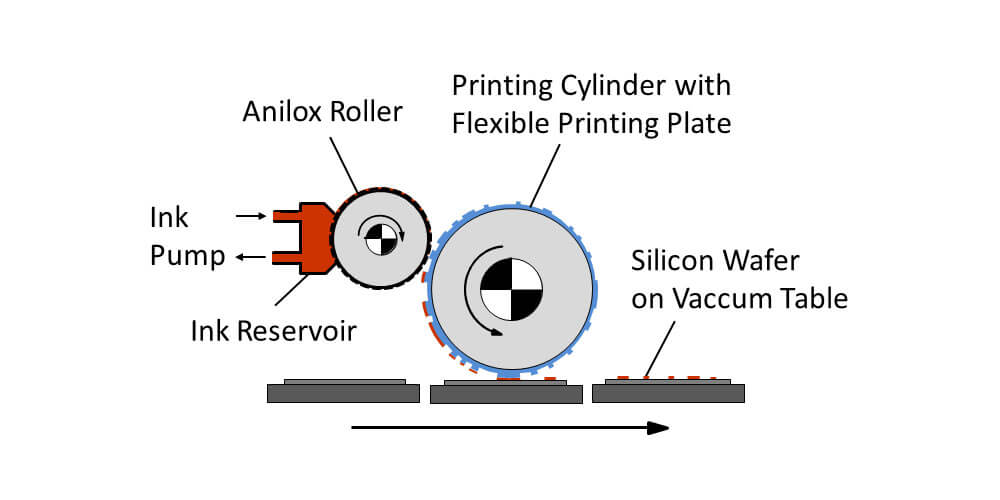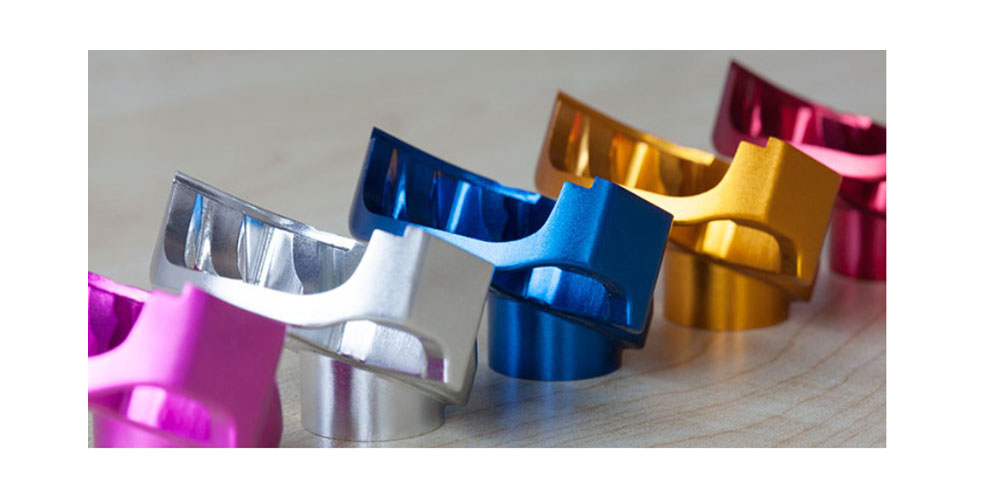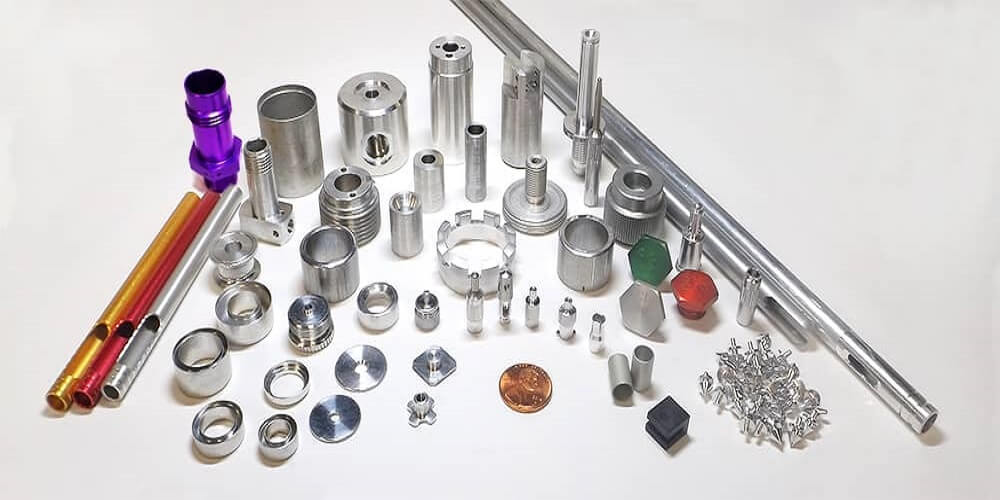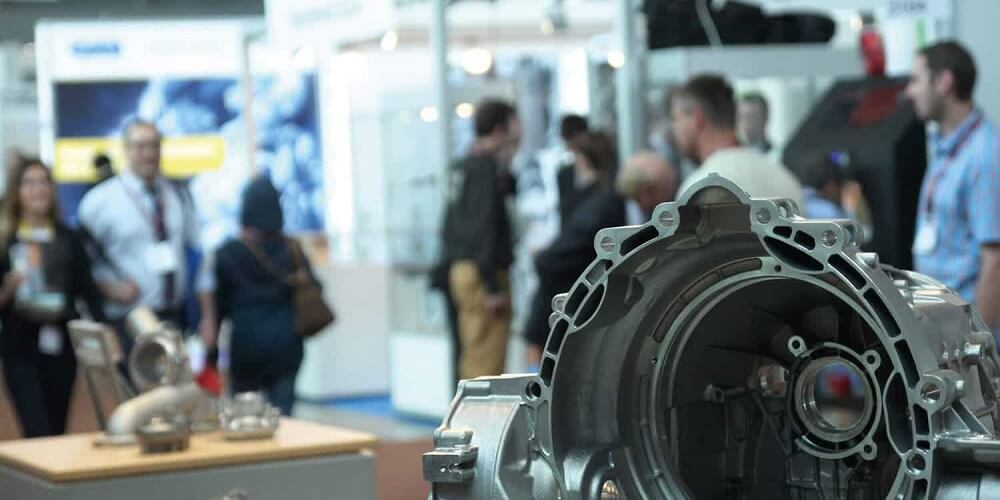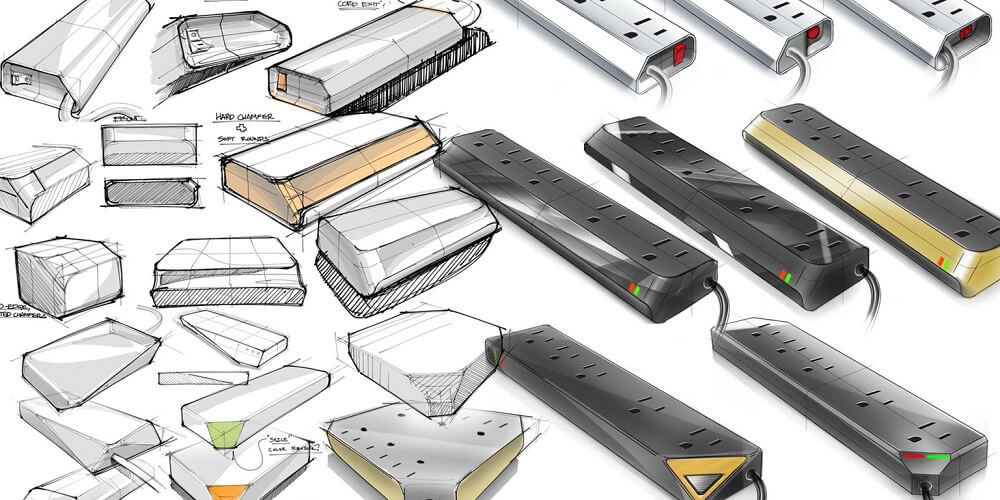Aluminum extrusion is a forming or fabrication process. It involves the preheating of a billet of aluminum to a specified temperature below its melting point. The role of preheating is to ensure that the flow of the metal is effortless. Afterward, the heated metal is forced through a tooling die. The die is usually to the shape and size of the billet. custom aluminum parts manufacturer conduct this process in the most effective ways. This includes various aluminum extrusion types.
Types of aluminum extrusions
Below are the most common types of extrusions on the market:
1. Direct extrusion
This is perhaps the most popular type of extrusion in existence. It is also referred to as front extrusions. Compared to other kinds of extrusions, this process is relatively straightforward. It involves using a bar of material, in this case, aluminum, inside a reinforced container. The materials are also pushed through a die using either a screw or ram. This process causes the material to be transformed into a thin bar. Note that the force is applied until the end of the process.
2. Indirect extrusion
Also known as delayed extrusion, indirect extrusion is where the bar and the container both move simultaneously. However, the die remains in a static position. The die is also placed on a support with the exact measurements of the container. This element is mandatory because it prevents all types of friction from occurring during the process. Other than the features mentioned above, the rest of the process is quite similar to direct extrusions.
3. Hydrostatic extrusion
This is where a liquid surrounds the bar of metal. The liquid is usually placed under pressure. This allows the process to be conducted in various temperatures. This means that it can be cold, hot, or warm. However, you must understand that the temperature is limited due to the stability of the specific fluid applied in the process.
How to determine the best extrusion method to use
The three extrusion methods all have their benefits and downsides. These are the first things used to determine the best extrusion method to be applied in a particular situation.
Additionally, the type of metal used in the process will also significantly affect the choice you make. This means that you must consider the specific elements of the metal and how they would affect the process.
For instance, aluminum is a widely applied type of metal in each of the extrusion types mentioned above. This is because of the beneficial elements of the metal. Its unique features make it ideally suited for metal forming from billet sections. Aluminum is also highly malleable, lightweight, and has a high melting point. This means that you can comfortably heat it to the necessary state without reaching the melting point.
Conclusion
Extrusion is a complex process. Therefore, it is usually done by professional companies with the necessary experience. These companies are typically known as extrusion manufacturers. Establishments in areas where aluminum extruded parts are used usually outsource their manufacturing tasks to extrusion manufacturers.
